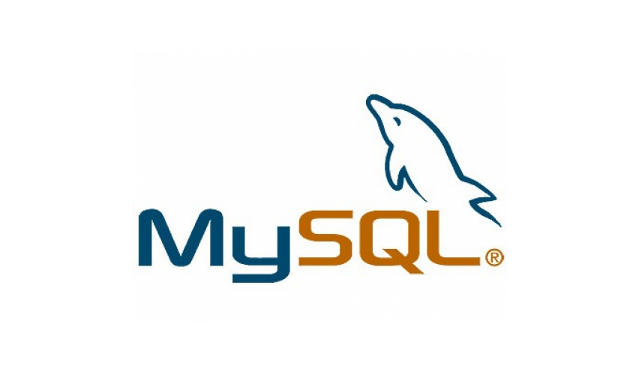[custom-header-login]
Using Vagrant to Provision Terraform Using Ansible



Using this blog and video we demonstrate using Vagrant to provision Terraform using Ansible. We will provision Terraform to deploy Docker containers on our Vagrant host, but, of course, Ansible could provision anything and not…
The Urban PenguinJune 25, 2022




